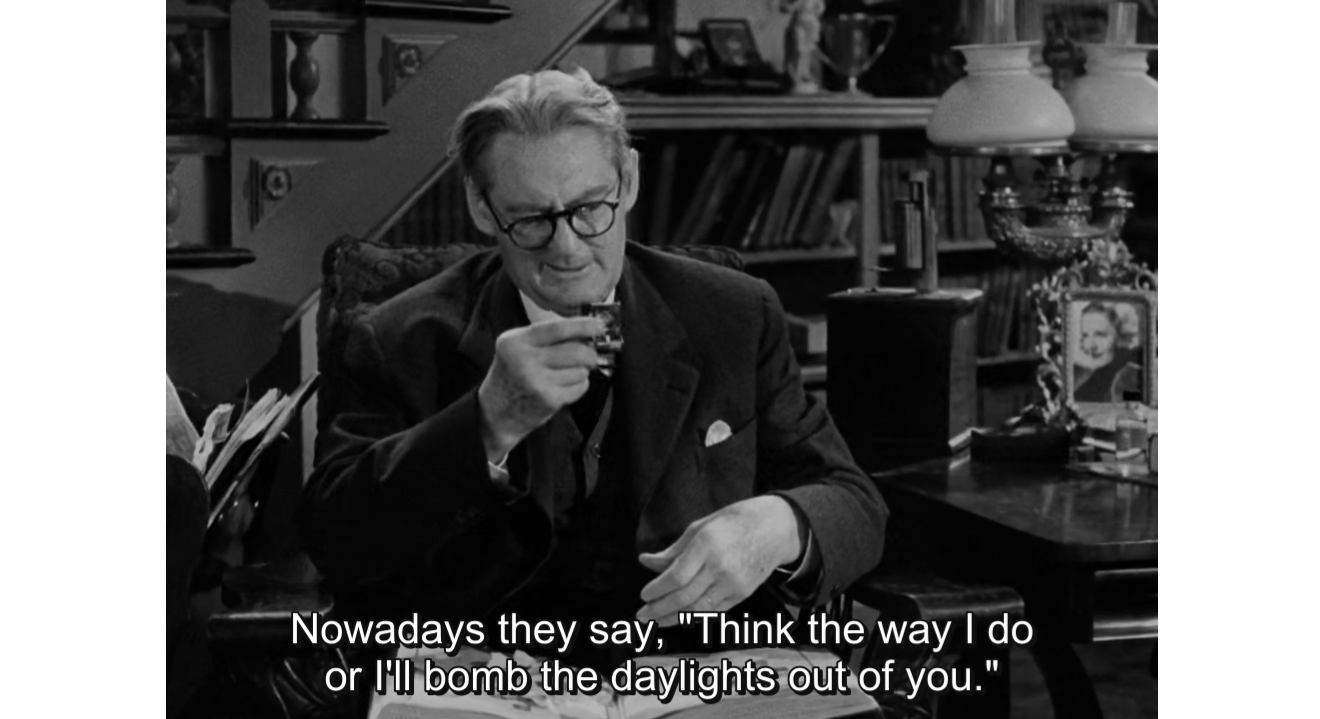
The Machine Girl (Noboru Iguchi, 2008)
Japanese Title: Kataude mashin gâru
The average adult person has around five liters of blood. The average adult person in The Machine Girl has a lot more than five liters. With geysers, fountains, and waterfalls of blood bursting from every possible wound, it can be assumed that human beings, at least for writer-director Noboru Iguchi, are only as useful as the amount of blood they can spill. Iguchi therefore exploits that dehumanizing notion, creatively finding ways of making each and every bloodletting as outrageous and unique as they can be. There's no pretense of depth or meaning as each plot detail, each stylized setting and each introduced character are only there to serve one purpose: to turn gory deaths into laughter-inflicting spectacles. Sure, the movie exists primarily to mine into our collective depravity. However, such being it's only raison d'etre, it accomplishes it with enough careless enthusiasm and verve to make the experience of watching this trashy movie into one memorable ride.
Iguchi doesn't waste time with talky introductions or artsy opening credits as he starts off with Ami (Minase Yashiro) violently blasting through a gang of bullies preying on a nerdy schoolboy. During those first few minutes, we see limbs sliced, heads exploding, and gallons and gallons of blood splattering wherever. "Murderer!" exclaims the rescued schoolboy, and the label prompts Ami to reminisce on how she turned from an athletic college girl into a one-armed machine gunning murderer.
The story is premised on vengeance, or at least a most simplistic and elementary reading of the primal human emotion. Ami's younger brother and his friend have been targets of a gang headed by the son of a yakuza boss. The younger brother and his friend are murdered, forcing Ami to chase each and every person connected to her brother's untimely demise. On the way, her arm gets sliced off, she earns a friend (Asami) out of her brother's pal's grieving mom, and gets a machine gun attached to her armless limb. As it turns out, as Ami kills, she gains more murderous enemies out of the family members of her victims. There might be a commentary on the vicious cycle of violence which revenge causes, but the real value of the growing amount of vengeful persons is for the movie's penultimate battle where Ami and the army of deadly relatives fight it out to the death, using weapons ranging from samurai swords, flying guillotines, and the drill bra.
Of course, The Machine Girl is anything but novel. The idea of a limbless hero has been exploited from Chang Cheh's classic The One-Armed Swordsman (1967) and the multiple sequels and spin-offs it inspired, to Robert Rodriguez's Planet Terror (2007). The movie espouses dehumanization in favor of the commodification of death and violence, a standard of the genre of direct-to-video trash flicks The Machine Girl belongs to. While Takashi Miike, Kiyoshi Kurosawa, and Shinya Tsukamoto, directors who all worked or are currently working for the ill-reputed genre, might have done wonders both aesthetically and thematically with the material, Iguchi doesn't seek to revitalize the genre or give it some newfound respect. Instead, he purposely and obediently comes up with a product which the film's American funders envisioned: bloody, violent, fun, and funny without the burden of guilt and introspective prodding that most plot and theme-heavy films encourage.



































No comments:
Post a Comment